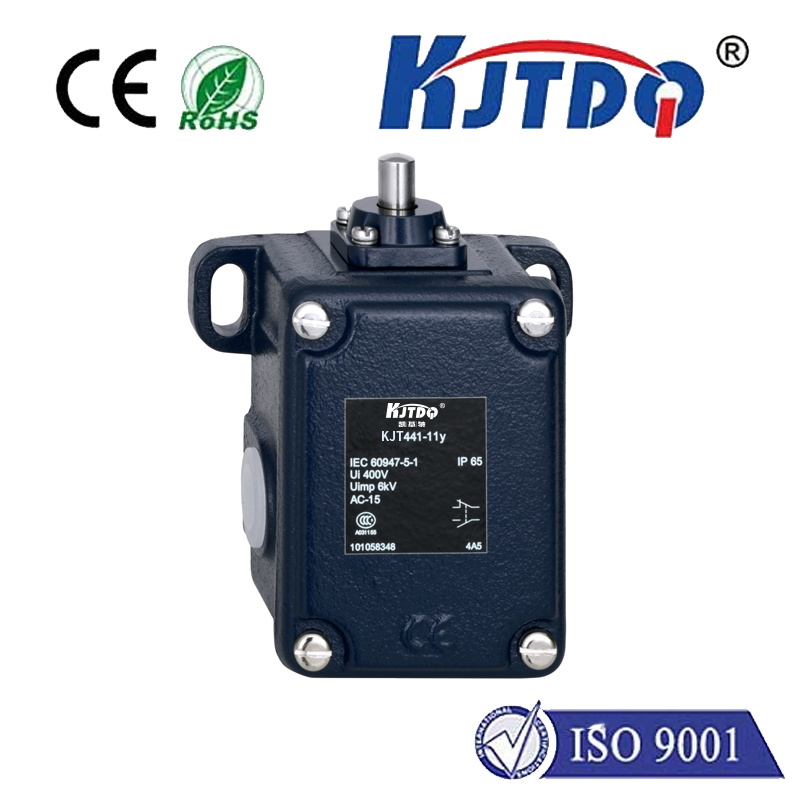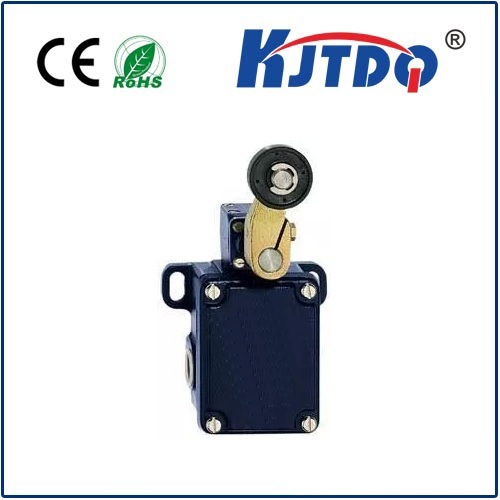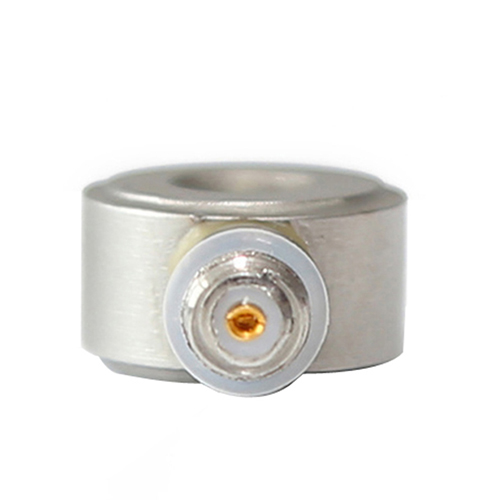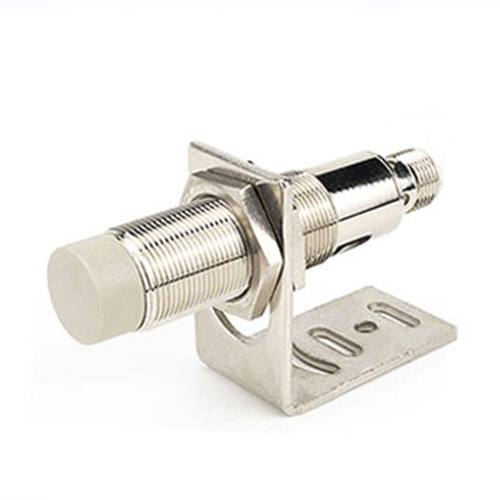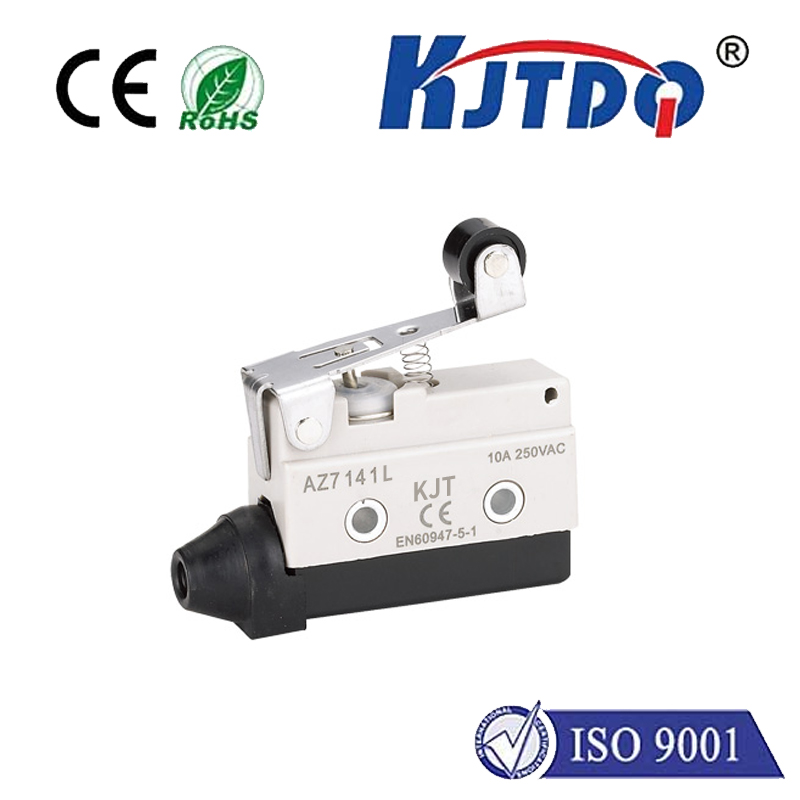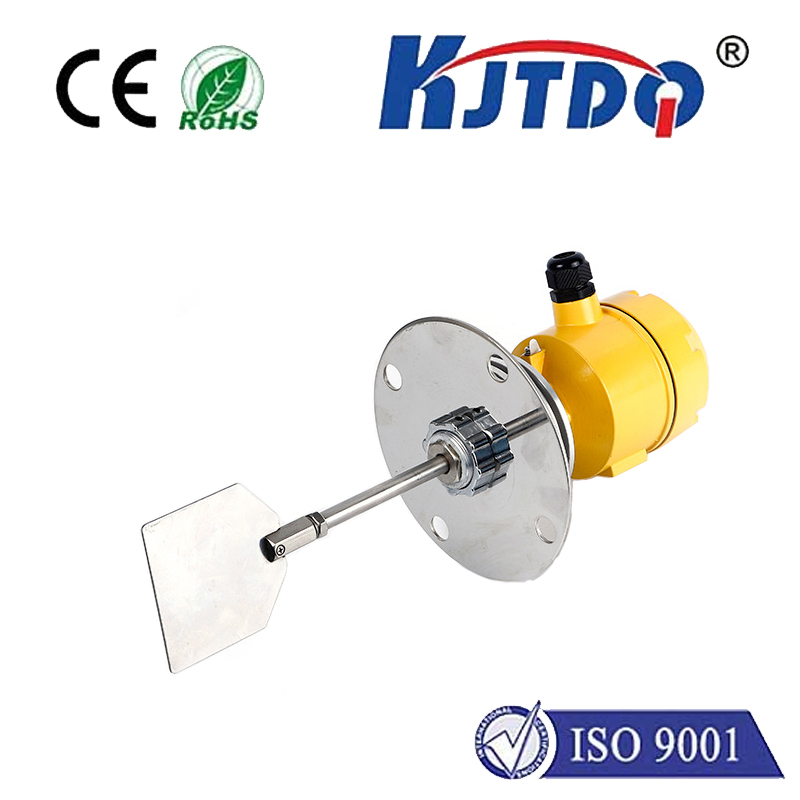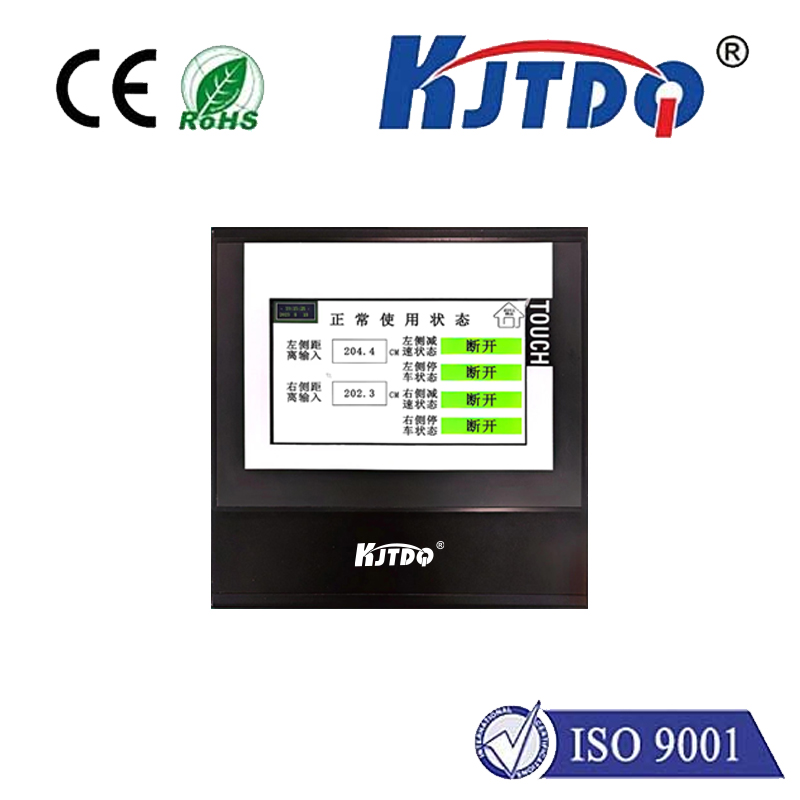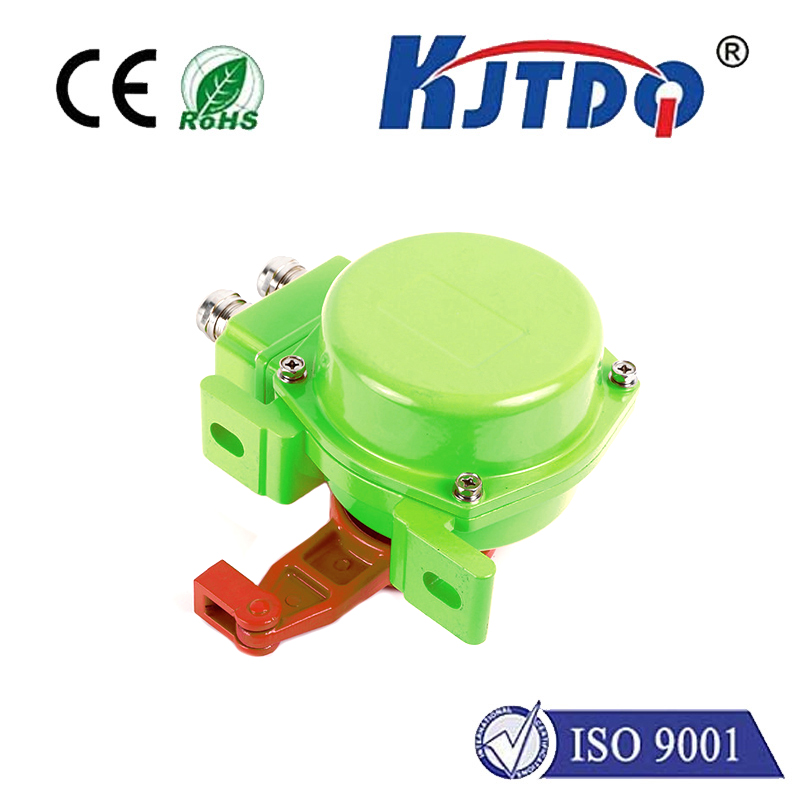high temperature inductive sensor
- time:2024-10-15 01:03:29
- Click:0

Title: High Temperature Inductive Sensor: Revolutionizing Industrial Sensing Technology
Introduction
In the ever-evolving world of industrial technology, innovation is key to improving efficiency, safety, and productivity. One such innovation that has gained significant attention in recent years is the high temperature inductive sensor. This advanced sensor technology is designed to withstand extreme temperatures, making it an ideal solution for a wide range of industrial applications. In this article, we will explore the features, benefits, and potential applications of high temperature inductive sensors.
Features of High Temperature Inductive Sensors
High temperature inductive sensors are specifically engineered to operate effectively in harsh environments where conventional sensors would fail due to overheating or thermal damage. Some of the key features that make these sensors stand out include:
- Temperature resistance: As the name suggests, high temperature inductive sensors are capable of withstanding extreme temperatures, often up to 1000°C (1832°F) or higher. This makes them suitable for use in industries such as metal fabrication, glass manufacturing, and chemical processing, where heat is a constant challenge.
- Corrosion resistance: These sensors are typically made from materials that resist corrosion, such as stainless steel or aluminum, ensuring long-lasting performance even in harsh chemical environments.
- Fast response time: High temperature inductive sensors are designed to respond quickly to changes in temperature, allowing for real-time monitoring and control of industrial processes.
- Non-contact measurement: Unlike traditional contact sensors, high temperature inductive sensors do not require physical contact with the target object, reducing wear and tear on both the sensor and the target material.
Benefits of High Temperature Inductive Sensors
The unique features of high temperature inductive sensors translate into several significant benefits for industries that operate in extreme conditions:
- Improved safety: By reliably monitoring temperature levels, high temperature inductive sensors help prevent overheating and potential equipment failure, reducing the risk of accidents and downtime.
- Enhanced efficiency: With their fast response times and non-contact measurement capabilities, these sensors enable more accurate process control, leading to increased productivity and reduced energy consumption.
- Cost savings: By extending the lifespan of equipment and reducing maintenance costs, high temperature inductive sensors offer a cost-effective solution for industries facing rigorous operating conditions.
Potential Applications of High Temperature Inductive Sensors
The versatility and durability of high temperature inductive sensors make them suitable for a wide range of industrial applications, including:
- Metal fabrication: In metalworking processes such as welding, cutting, and forging, high temperature inductive sensors can accurately measure the temperature of the workpiece and surrounding environment, ensuring optimal process control and quality.
- Glass manufacturing: In the production of glass products, precise temperature monitoring is crucial for achieving consistent quality and preventing defects. High temperature inductive sensors provide reliable temperature data to help manufacturers maintain optimal furnace conditions.
- Chemical processing: In industries involved in chemical production and processing, high temperature inductive sensors can be used to monitor the temperature of reactors, pipelines, and other equipment, helping to prevent overheating and ensure safe operation.
Conclusion
High temperature inductive sensors represent a significant advancement in industrial sensing technology, offering unparalleled performance and reliability in extreme conditions. With their ability to withstand high temperatures, resist corrosion, and provide fast, non-contact measurements, these sensors are poised to revolutionize a wide range of industrial applications. As industries continue to push the boundaries of what is possible, high temperature inductive sensors will undoubtedly play a vital role in driving innovation and improving operational efficiency.












